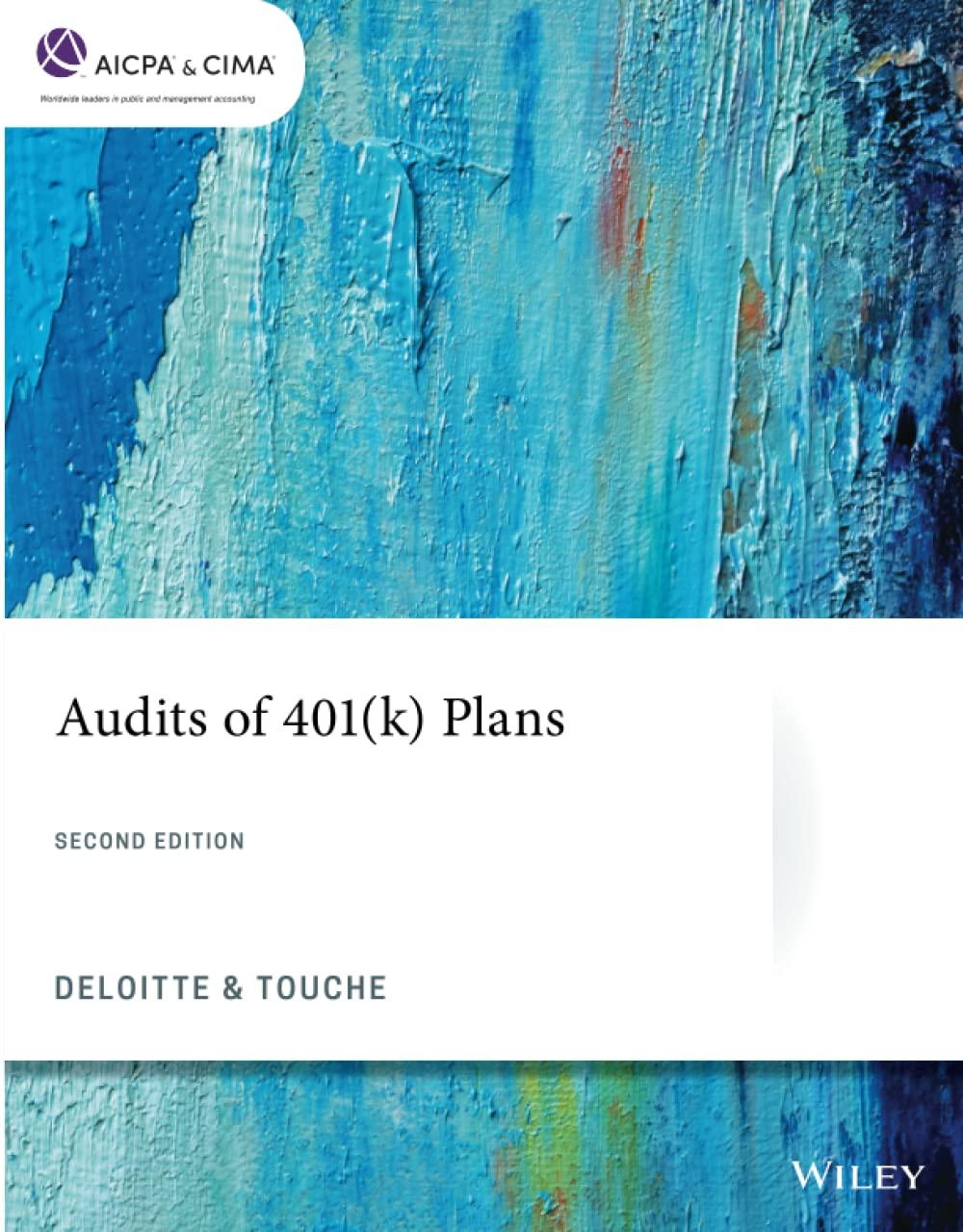Question
Bryan Trucking Corporation began business on January 1, 2017, and consists of the parent entity, domiciled and operating in Country X, and a subsidiary operating
Bryan Trucking Corporation began business on January 1, 2017, and consists of the parent entity, domiciled and operating in Country X, and a subsidiary operating in Country Y. Bryan is required, as a listed company in Country X, to prepare financial statements using IFRS.
Bryan is also listed on the New York Stock Exchange (NYSE). Therefore, Bryan is registered as a foreign private issuer with the U.S. Securities and Exchange Commission and must file financial statements with the SEC in accordance with SEC regulations for foreign private issuers. These regulations permit Bryan to file its IFRS financial statements with the SEC, but it has decided to prepare U.S. GAAP financial statements as well for the convenience of its U.S. shareholders.
With respect to the reconciliation of the statutory tax rate to the effective tax rate in the income tax note disclosure, SEC regulations for foreign private issuers permit them to reconcile to either the relevant statutory income tax rate in their country of domicile or to another applicable tax rate. Reconciling to the statutory income tax rate in its country of domicile would be comparable to a U.S. company reconciling to the U.S. federal tax rate.
Bryan carefully selected its accounting policies under IFRS and U.S. GAAP so that, in 2017, it reported the same pre-tax book income in both the U.S. GAAP and IFRS financial statements. Therefore, the only difference between the tax rate reconciliation in the U.S. GAAP financial statements and the IFRS financial statements is due to the use of a country-specific statutory tax rate (statutory tax rate in Country X) or a weighted-average statutory tax rate (another applicable tax rate) as the beginning point of the reconciliation.
The table below presents Bryans pre-tax book income and the applicable statutory tax rates in each country and permanent differences between taxable and book income in the two countries in which Bryan operates. Bryan has no temporary differences in 2017.
| Country X | Country Y | Total | ||||||||
| Pre-tax book income | $ | 1,250,000 | $ | 1,100,000 | $ | 2,350,000 | ||||
| Permanent differences: | ||||||||||
| Tax-exempt income | $ | 40,000 | $ | 60,000 | $ | 100,000 | ||||
| Nondeductible expense | $ | 25,000 | $ | 35,000 | $ | 60,000 | ||||
| Applicable statutory tax rates in 2017 | 28 | % | 35 | % | ||||||
Both Country X and Country Y tax only profits earned within the country.
Required:
Prepare the portion of the income tax note that details the reconciliation of the statutory or other applicable tax rate to the effective tax rate as follows:
1. Assume Bryan uses the statutory tax rate in Country X for the tax rate reconciliation in its U.S. GAAP financial statements:
Reconciliation Amounts Rate Tax on pre-tax income based on statutory rate in Country X: Adjustment for tax exempt income: Adjustment for non-deductible expenses: Adjustment in respect of difference in foreign tax rates: Total income tax expense:
2. Assume Bryan uses a weighted-average statutory rate for the tax rate reconciliation in its IFRS financial statements.
Reconciliation Amounts Rate Tax based on weighted average statutory rate: Adjustment for tax exempt income: Adjustment for non-deductible expenses: Total income tax expense:
Step by Step Solution
There are 3 Steps involved in it
Step: 1

Get Instant Access to Expert-Tailored Solutions
See step-by-step solutions with expert insights and AI powered tools for academic success
Step: 2

Step: 3

Ace Your Homework with AI
Get the answers you need in no time with our AI-driven, step-by-step assistance
Get Started


